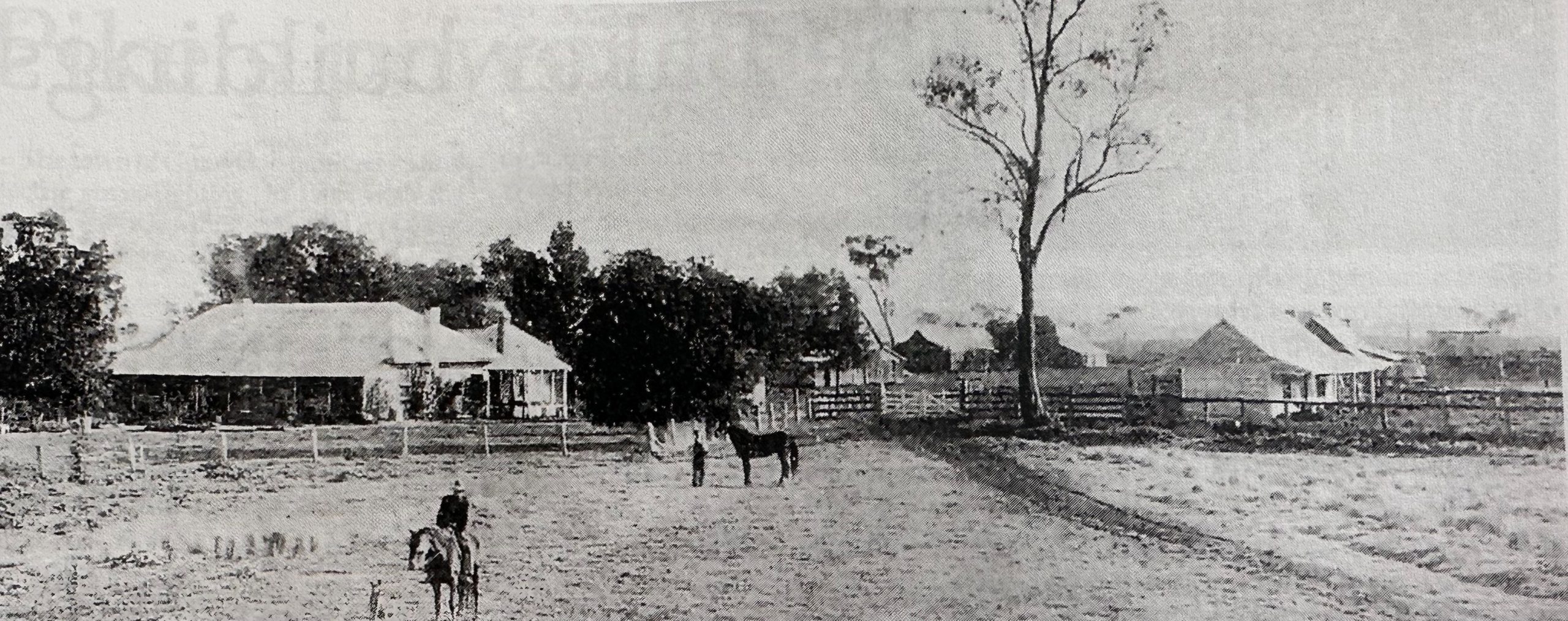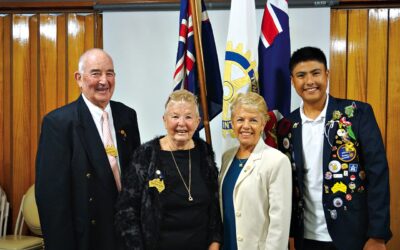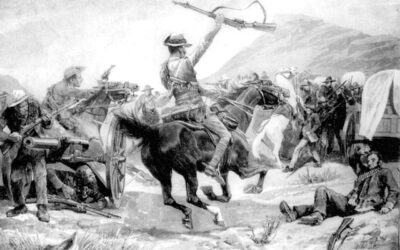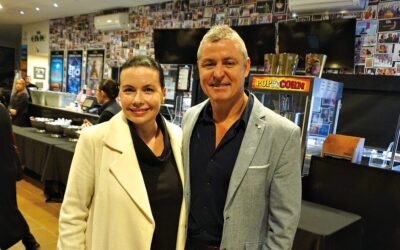The opening up of Burburgate Station to closer settlement in 1905 gave great impetus to the development of Gunnedah.
At the Great Burburgate Auction in the Gunnedah School of Arts in October 1905, auctioneers Harrison, Jones and Delvin, and Bacon & Co, Gunnedah, submitted 58 blocks ranging in size from 105 acres to the homestead block of 4763 acres. The subdivision of the 47,000 acres brought new farmers and settlers to the district.
The original Burburgate run, on which explorer, lawyer and politician William Charles Wentworth had squatted in the late 1830s, was located to the west of John Johnston’s original Bulomin (Gunnedah) Run.
Wentworth, who had crossed the Blue Mountains in 1813 with Blaxland and Lawson, had left Australia in 1816 to study law in England, returning in 1824 to practise law and to enter Parliament. Wentworth already had vast pastoral holdings in the Hunter Valley when he acquired Burburgate, which covered a large area of 65,920 acres on both sides of the Namoi. The 1840s, however, proved to be a disastrous time for the Liverpool Plains. There were major floods in the Namoi in 1840 and 1842 and economic recession which saw the commercial value of cattle, sheep and horses drastically reduced. Boiling works sprang up throughout the colony to provide a meagre return from The Great Burburgate sale tallow, which was the only saleable product – many squatters walked off their stations and sold their stock for a pittance. Prior to 1840 land was acquired by simply “squatting” on it but a leasehold tenure scheme was instituted by Governor Gipps, on which there was a charge of five pounds for 5000 acres. In 1847 John C. Lloyd joined Wentworth as a partner on Burburgate and in 1853 he became the sole owner of the property. His two brothers, Edward H. Lloyd and Charles W. Lloyd, came into the partnership with him in 1854 and in 1858 Edward Lloyd retired to become a member of the Legislative Assembly for the Liverpool Plains, later being appointed to the Upper House. Charles Lloyd became manager of Burburgate on his brother’s retirement from the land and was involved in a long and bitter dispute with Wentworth over the property, the case lasting five years before it was settled in favour of Lloyd. In 1865 Burburgate passed into the hands of Mort Cameron and Buchanan, later to Ebenezer Vickery and then to the Namoi Pastoral Company. The hold that large and influential landholders had on vast tracts of prime grazing country was reduced to a slight degree by the passing of the Robertson Free Selection Act, which allowed selectors of moderate means to own land for the first time. Selectors were allowed to buy a square mile of land (640 acres) at one pound an acre, even if a squatter already had tenure and provided it had not already been purchased. Another land settlement act of 1884 led to the further reduction of large holdings.
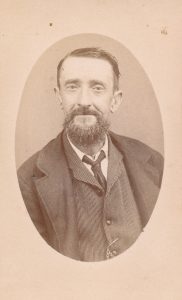
James Campbell.
Perhaps the greatest stimulus to the growth of Gunnedah came in 1894 when Sir Joseph Carruthers introduced his Land Settlement Act, which occurred at the time that interest was rapidly developing in the growing of wheat. The resumption-of land policy saw small leases of 10,000 acres replacing the vast pastoral holdings of hundreds of thousands of acres on the plains and only depression and drought in the 1890s and early 1900s slowed the impetus of rural subdivision. In 1895, a total of 22 blocks, each of 1000 acres, were thrown open for ballot on Bando Station, near Mullaley, and the following year 10,263 acres of top-quality grazing and cropping land on the former Pullaming Station near Curlewis also became available for closer settlement, creating enormous interest in the Gunnedah district.
In March 1905 the Minister for Lands, James Ashton, regarded as the father of close settlement, visited Burburgate and was impressed with its suitability for subdivision. As a result of his inspection, Burburgate was sold by private treaty to Rich and Co and listed for subdivision. More than 400 people crammed into the Gunnedah School of Arts for the auction of the 58 blocks, which ranged in size from 105 to 2200 acres, apart from the homestead block of 4088 acres, which was sold to Borthwick and Fletcher for four pounds an acre. The other blocks were sold at prices ranging from two to eight pounds an acre and there was an 80 per cent clearance at the auction. The Tulcumbah subdivision – the Tulcumbah Run had been taken up by the Larnach brothers in the late 1830s – also greatly assisted the settlement of the district and so did the Gunnible break-up in 1910 in which 10,000 acres were offered in 53 small farming lots. In 1923, Bando Station of 74,600 acres was submitted for subdivision in 11 portions, followed in 1934 by 30,285 acres of Bomera Station, in the Tambar Springs district, which was offered in eight lots. Soon after a further 24,500 acres of Pullaming was submitted for auction in six blocks and in 1937 Booloocooroo, near Gunnedah, placed 8638 acres for sale in nine blocks.
Then came the NSW government’s Piallaway Settlement, on the Liverpool Plains, which established 26 farms on an area of 27,647 acres.
On a personal note, the writer’s paternal great-grandparents James and Catherine Campbell lived at Burburgate with their three children William (grandfather), Elizabeth and Matthew. Oral family history has revealed that James came to Australia from Scotland during the gold rush of the 1850s. He married Catherine Stephenson who was born at Bathurst in 1848, she was 17 and he was 31. Sadly, Catherine died at Gunnedah Hospital on December 3, 1882. She was only 34 and was the first patient to die in the new facility, which had been officially opened on September 2, 1882. Catherine had contracted tuberculosis, known then as phthisis. She is buried at Burburgate. James purchased part of Burburgate in two separate 100-acre blocks – it later became known as Campbell’s Paddock.
To order photos from this page click here